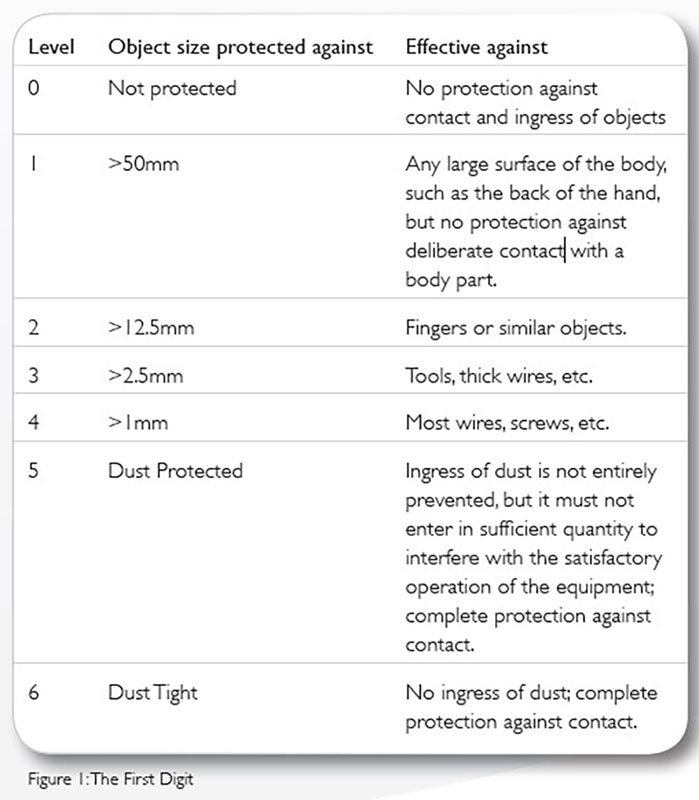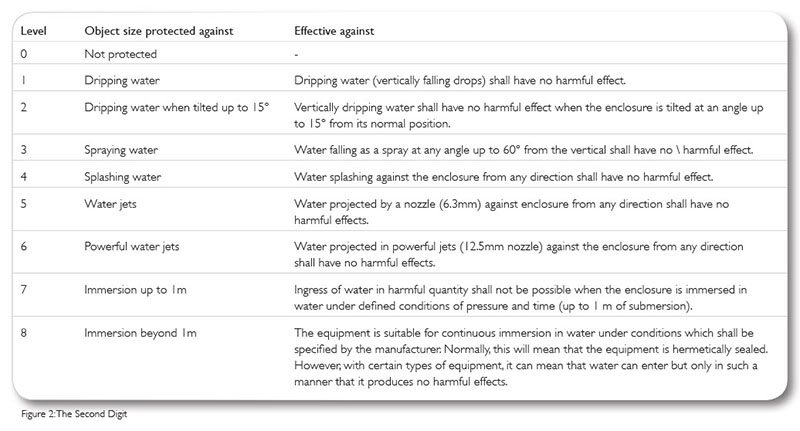One can see Ingress Protection (IP) ratings splayed across devices from your smartphone to heavy-duty, top-of-the-line coding machinery. But what benefit does an IP rating actually offer you? In this two-part series, we will explore both basics and real-life, practical benefits IP rated-machines can offer.
In part one of this series we’ll be looking specifically at what are IP ratings, what do they mean, and how do they differ. In our second part, we’ll look more specifically at how those figures can affect the world of coding and marking equipment and the further considerations production managers need to take before buying their dust- and water-resistant equipment.
IP Ratings: 101
Ingress Protection (IP) ratings have an important role to play in coding and marking equipment, as they give the user an indication of a product’s resistance or protection to external elements, such as dust and water.
Rather than subjective terms (such as ‘waterproof’), the numbers provide an objective way of displaying how effective their protection is. With standardised labelling, which we will show in more detail further on.
IP Ratings: Solids
The first digit of an IP rating indicates the level of protection that the enclosure provides against solid foreign objects. Be that dust, dirt, foodstuffs or whatever else in-between – the higher the level, the more rest assured you can feel that your technology is protected.
A further breakdown of the protection levels can be seen below in Figure 1.

IP Ratings: Liquids
The second digit refers to the protection of the equipment inside the enclosure against harmful ingress of liquids. On a beverage production line, in particular, spillages can happen and you want to be safe in the knowledge that no wayward spill will cause further problems with your machine.

IP Ratings: How is it shown?
The IP rating of a product is generally referred to on a product flyer or brochure. It can be referred to in one of two ways, Certificated to IPXX or Manufactured to IPXX.
The Certificated to IP rating means that the product has been independently tested and verified by a recognised testing house, such as BSI (UK) or TUV (Germany).
In comparison, the Manufactured to IP rating has been declared by the manufacturer but not independently verified.
This about wraps up part one, be sure to keep an eye on the Domino blog for part two of this series. Did you like this post? Let us know in the comments below.